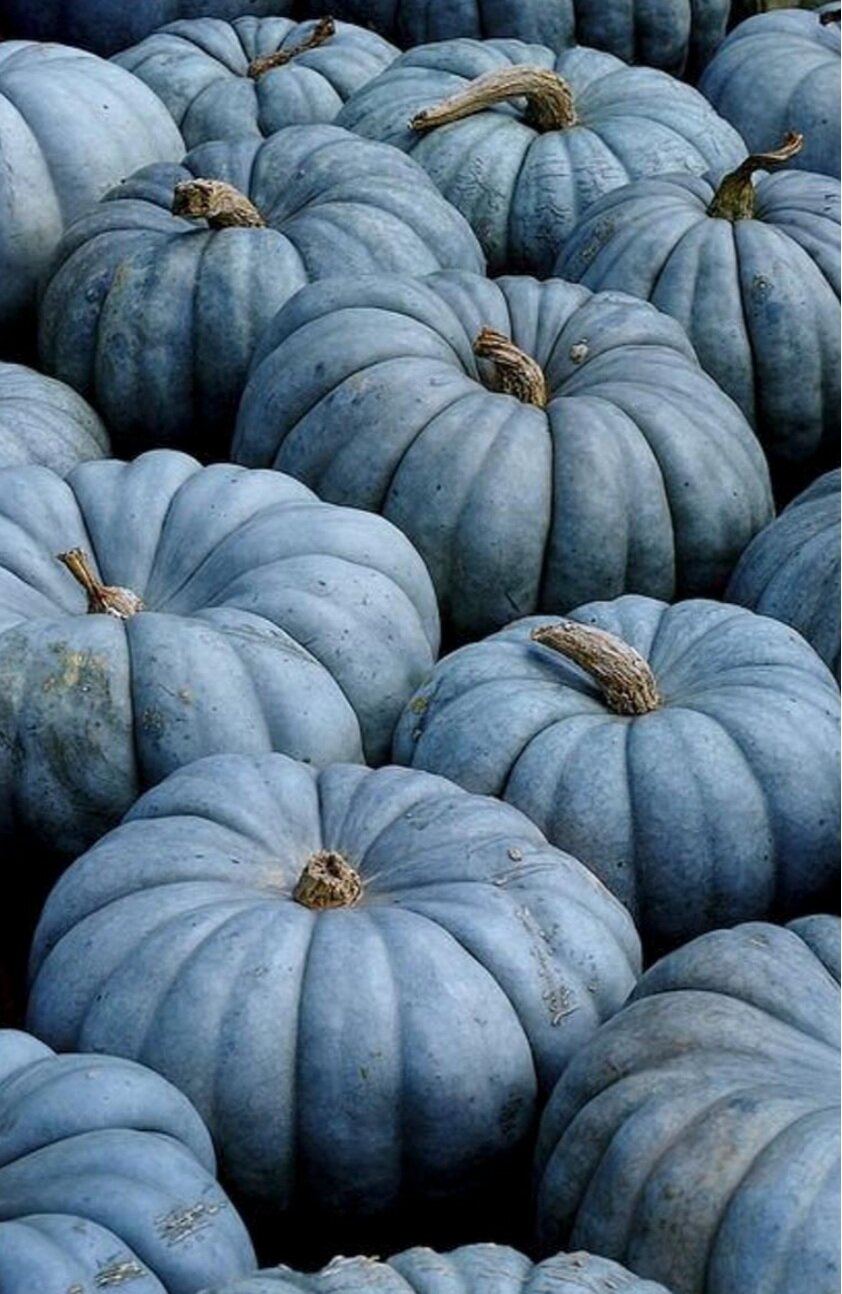Planting Pumpkins - Now!
In my self-imposed domestic life, I have taken an interest in my garden. I don't have a lot of extra room to grow vegetables, but one plant I want to attempt is pumpkins. It may seem a little early to be thinking about Halloween, but if you hope to grow pumpkins this year, you need to get started. Pumpkins, in all shapes and sizes, are great decorating pieces that last for months. Here are a few tips to get you going.
Pumpkin Growing Season Starts Now
Follow these five easy steps to grow your own pumpkins just in time for Halloween
Good Housekeeping suggests these tips:
1. Pick your pumpkin seeds.
Pumpkins come in hundreds of varieties differing in size, color, taste, and texture, so no singular type can claim the title of "best." From ballooning giants to teeny-tiny gourds, there's a variety out there for you. Follow this link to buy a variety pack of seeds.
2. Plant the seeds in a full-sun spot.
Pick a day after the last frost to sow seeds directly in the ground. Each seed packet will list how long on average the plant needs to produce full-grown pumpkins ("Days for Maturity"). For example, Small Sugar Pumpkins need 100 days to reach maturity. If you wanted them to ripen about a week before Halloween, then plan on planting them in mid-June. Jarrahdale Pumpkins with their slate gray color are on my list.
3. Water and care for your pumpkin plants.
Most vegetable crops need a deep yet gentle soaking once per week — about an inch of water at a time. Adjust based on rainfall accordingly. Note: Pumpkin leaves can look wilted in the afternoon heat, even if the soil is still moist. Resist the temptation to douse the dirt even more if the foliage perks back up again in the evening or under cloud cover, as overwatering can contribute to root rot. Mulching your beds will help keep pumpkin plants more consistently hydrated and also tamp down weeds. In general, you do not need to prune your vines. Big leaves help them produce more carbohydrates, which means more pumpkins. Some people will thin their plants to one or two fruits each in order to grow giant prize pumpkins, but everyday backyard gardeners can skip this step.
4. Fertilize the soil as needed.
Pumpkins are heavy feeders. Using an all-purpose vegetable garden fertilizer (not one designed for lawns) can provide them with the right food they need. It's also a good idea to test your soil every couple of years. The results will reveal what type of dirt you're dealing with — including the pH and nutrient levels— and help you plan accordingly.
5. Harvest your pumpkins - this is the fun part!
After several months of growing, your pumpkins will reach maturity when the rinds harden and reach the desired shade. Definitely harvest before a heavy frost, which will damage the fruits, Burpee advises. Cut the vine with pruning shears leaving several inches of stem attached. Then enjoy the fruits of your labor — either by carving, cooking, or decorating.
Photo credit to Sydney Davidson, James Wheeler, and Kayla Maurais. Content and links from Goodhousekeeping.com


